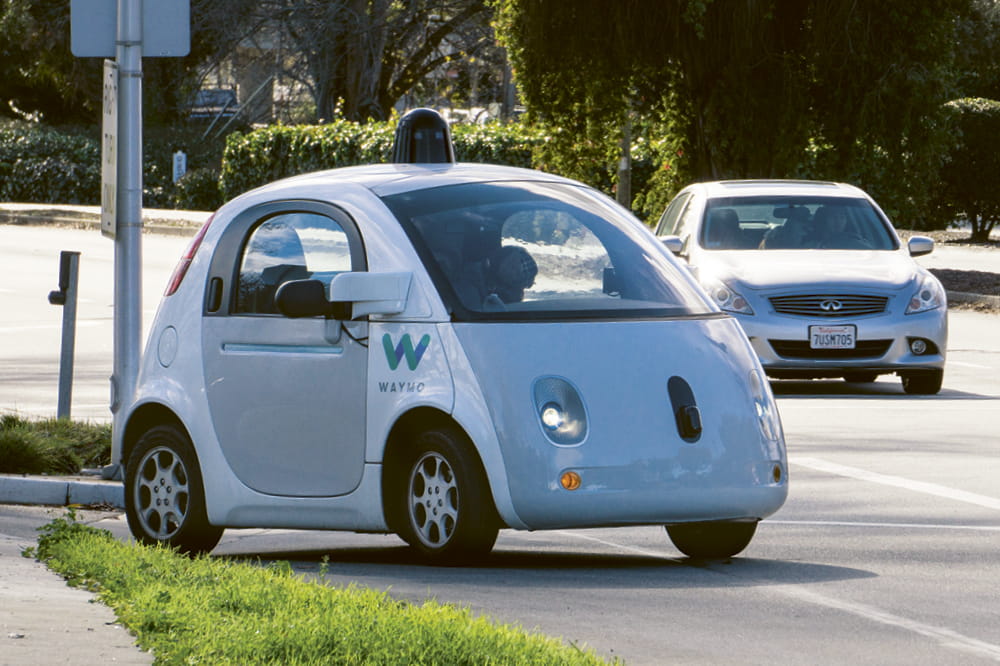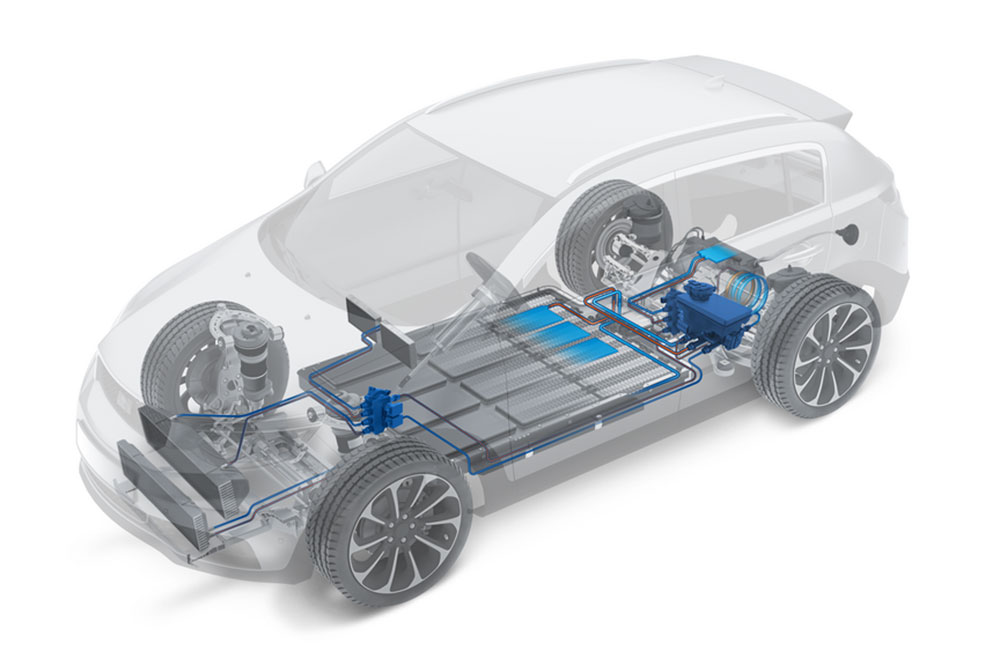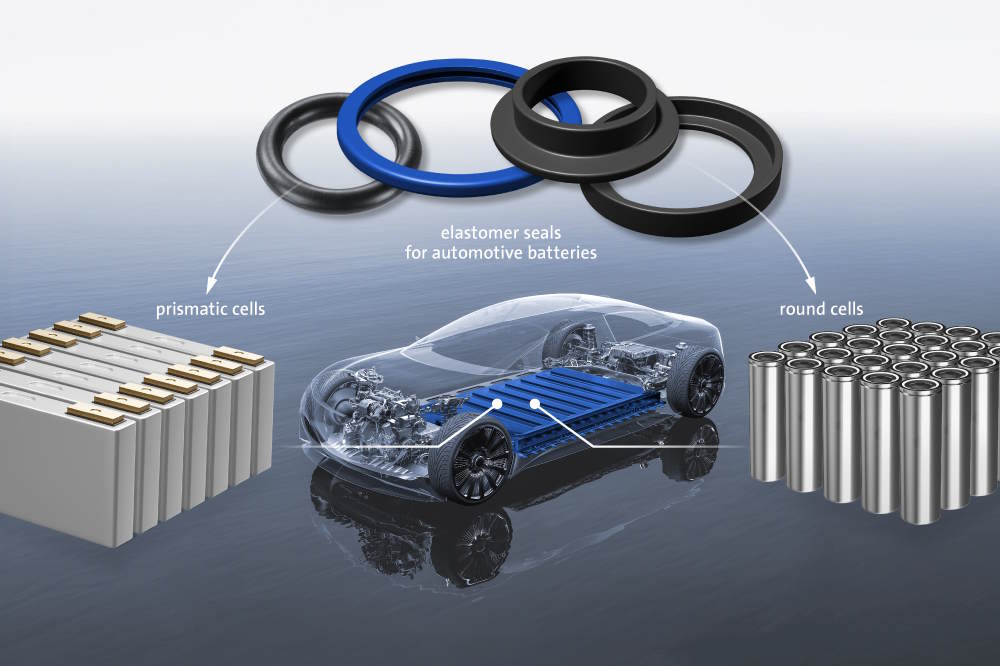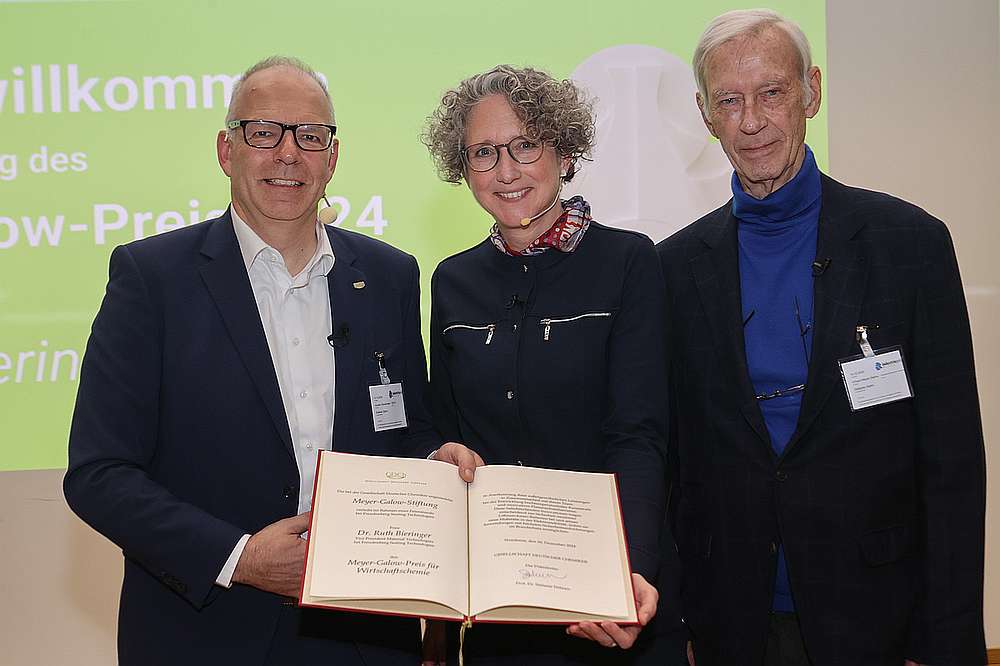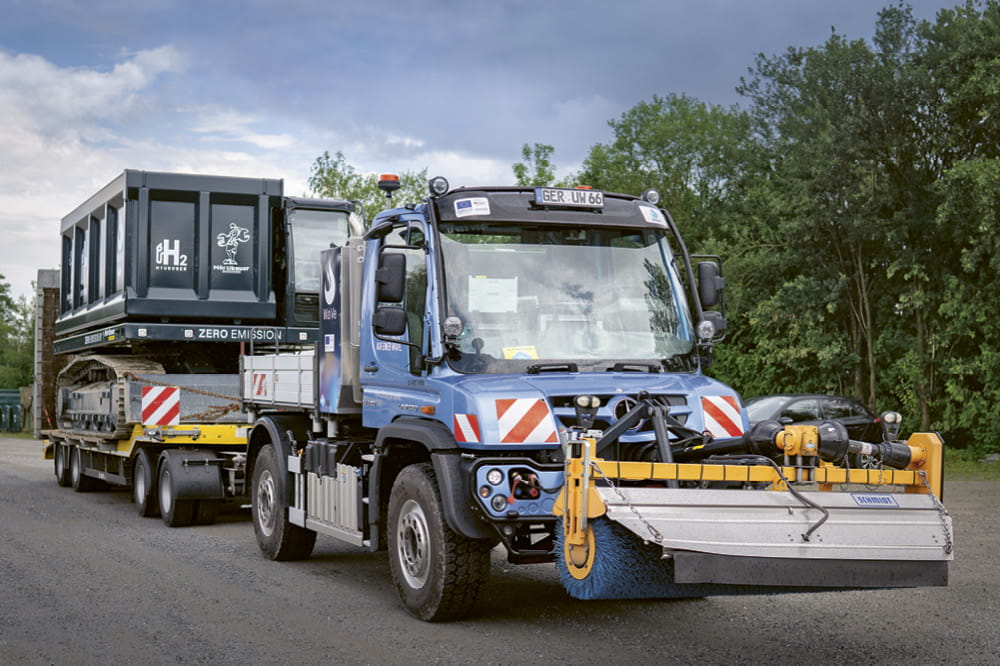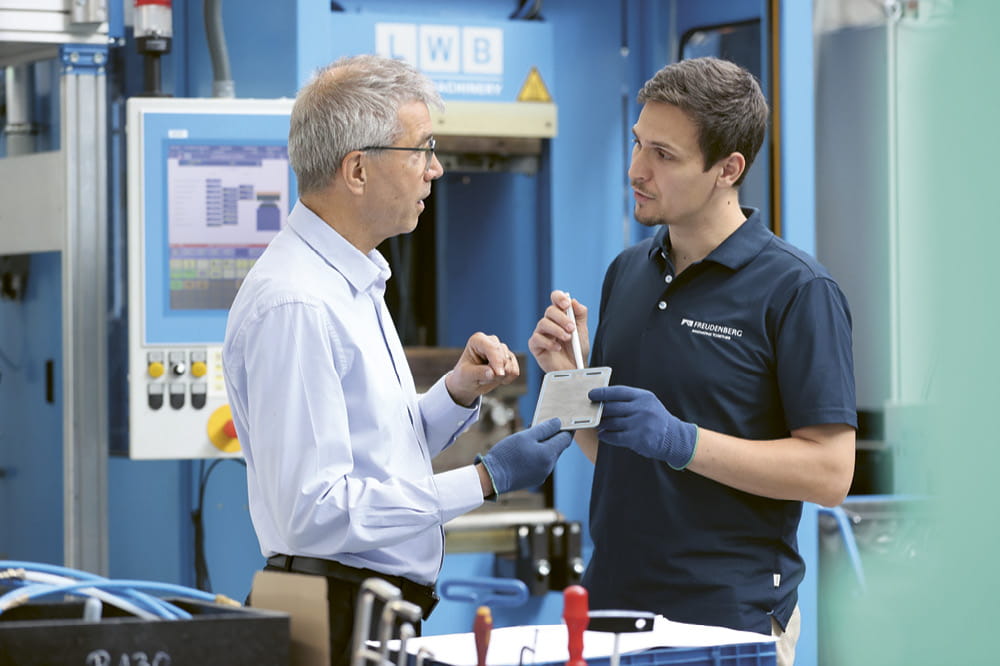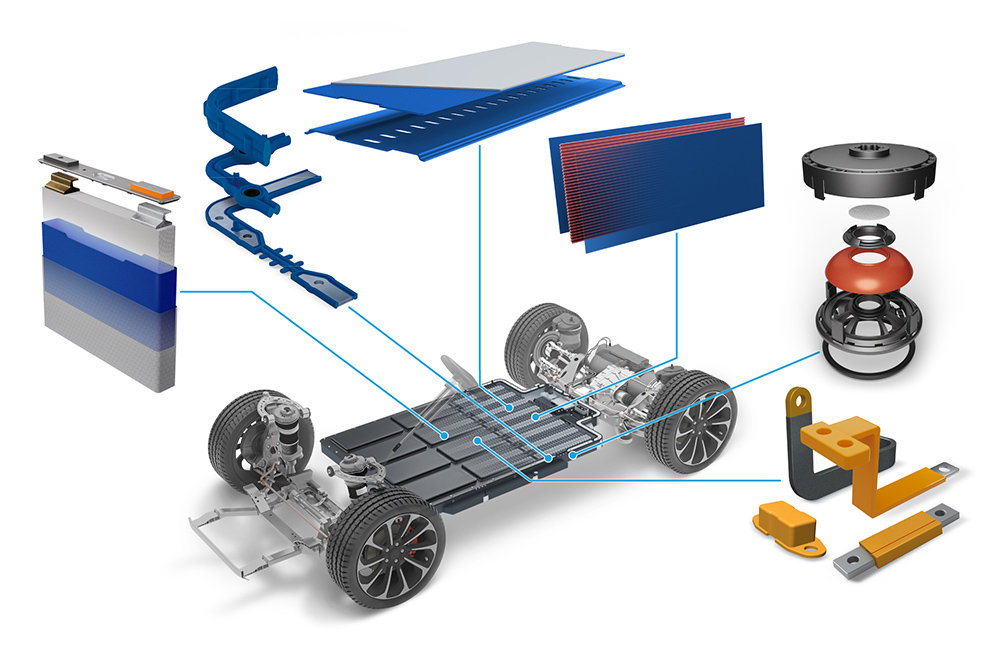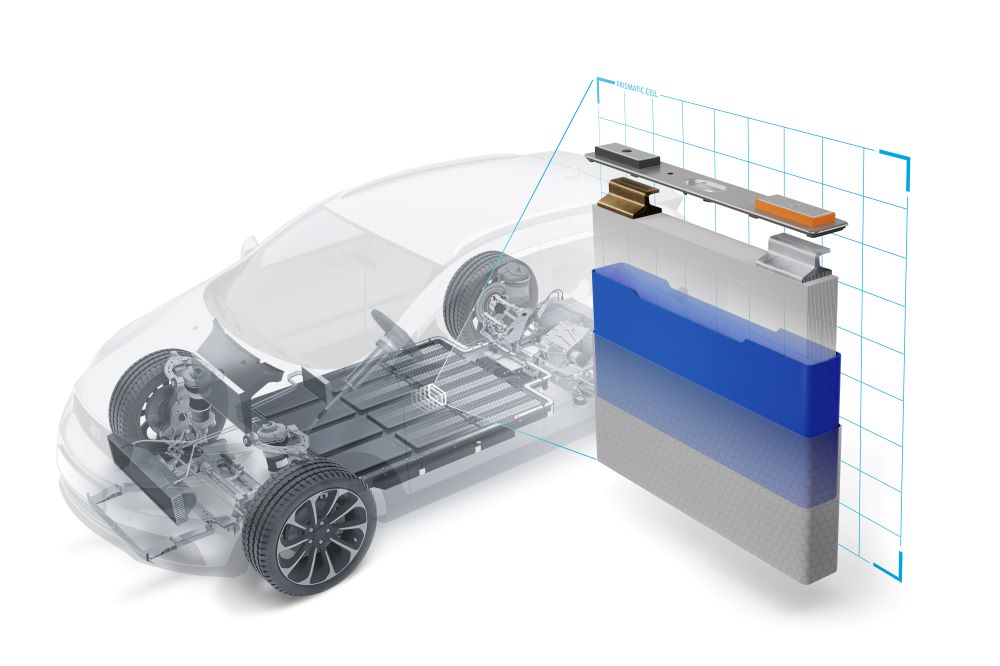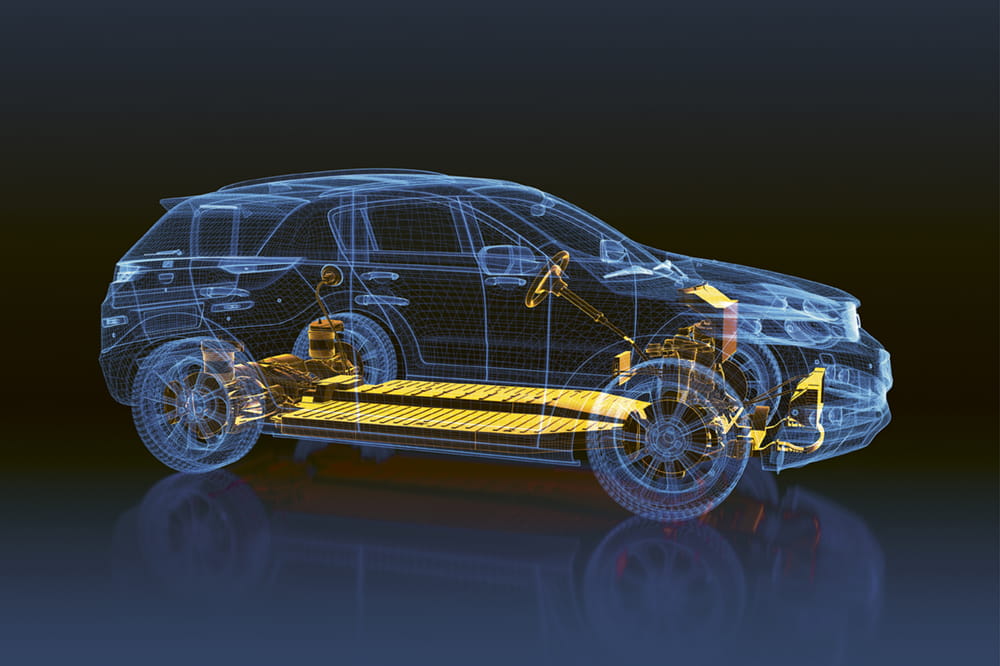Obtain news and background information about sealing technology, get in touch with innovative products – subscribe to the free e-mail newsletter.
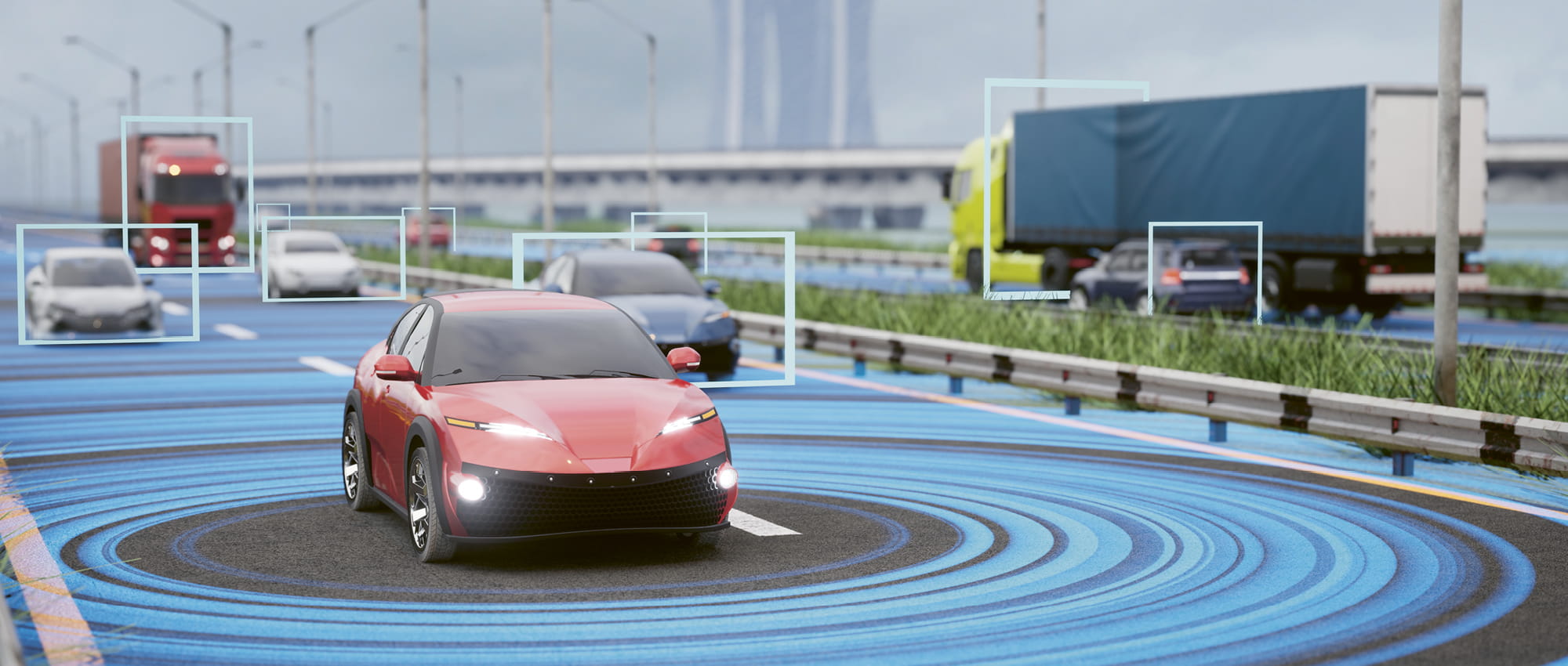
05.11.2020 | Story
“Leaping Ahead in Vehicle Quality”
The race to develop autonomous driving has shifted into high gear. This will not only change our mobility – it could also transform cities and societies while spurring entirely new business models. Anna Eidel, a recent Bachelor’s graduate on the topic of autonomous driving, in a joint interview with Thorsten Stickel, her technical supervisor at Freudenberg Sealing Technologies, and university professor and colleague Dr. Eberhard Bock on the risk of accidents, opportunities and regional differences related to this technology. Eidel did her bachelor’s thesis in this area.
Ms. Eidel, in the course of your study, you have conducted research on autonomous driving in great depth. Is the future nearer than we think?
Anna Eidel: The future is almost here. One company, Waymo, says its self-driving vehicles have already clocked 20 million miles. But it’s interesting that the subject is cropping up everywhere, yet it still raises questions for many people. According to one study, 90 percent of people have heard about autonomous driving but only 8 percent felt they were able to explain it.
Is the topic that complicated?
Eidel: It’s more that the industry still doesn’t know which technologies are coming into use. Elon Musk once said that anyone betting on lidar, or laser sensors, has already lost the race – now he’s doing tests on lidar. That’s a nice illustration of how the entire industry is seeking the right technologies.
Mr. Bock, Mr. Stickel, why is this topic relevant to Freudenberg Sealing Technologies?
Eberhard Bock: To start with, because I’m convinced that autonomous driving is coming in any case, notwithstanding the debate over electric powertrains. It’s also coming if the internal combustion engine stays around. We may have significantly fewer vehicles per capita and on our roads at that point. Of course, for an auto supplier like Freudenberg Sealing Technologies, that sounds negative at first.
Thorsten Stickel: The real question is, what added value might our products provide in this new world of autonomous vehicles? It’s possible that we would sell fewer products, but the value of the product would be multiple times greater because the component would shift toward more advanced technology.
Bock: In any case, I’m sure that autonomous driving will reach a very broad swath of the population, just as everyone has a smartphone today. There is no clear assumption that the number of vehicles will decline significantly. It will certainly rise globally.
There won’t be one day when automated vehicles are suddenly everywhere.
Anna Eidel earned her bachelor of science degree in international management at the ESB Business School, in cooperation with the Universidad Pontificia Comillas ICADE, in June 2020. Her research paper on “Responsibility and Questions of Fault in the Development of Robots with Artificial Intelligence,“ focusing on automated driving, emerged from her studies.
Where do things stand in Germany?
Eidel: In Germany, we are very busy with the insurance issues and legal provisions. Autonomous driving is only permitted at low speeds in scattered venues. This limits the opportunity for testing.
So, the technology is being developed in the United States – and the laws governing it in Germany?
Stickel: We are actively dealing with the risks. That’s fine. But I would really like to see us look more closely at the opportunities. It’s time that we discuss autonomous driving in public, not just within the industry. We need to bring people along using the opportunities that are emerging. From driving comfort to the environmental aspects.
Bock: Just a moment! I’m still not yet convinced that the environment is really an issue here. As we just discussed, the number of users can increase just as easily – for example, because you won’t need a driver’s license anymore.
Stickel: But no one can optimize the pollutant emission as well as an autonomous vehicle can.
Eidel: I think that we will see a reduction in exhaust emissions as well, resulting from automated driving since the car is more optimized. And more vehicles will be used collectively and thus there will be fewer cars per capita.
Bock: But the population is growing, allowing the number vehicles to rise again.
Eidel: That’s right.
Apart from the environmental aspect, do you see benefits, Mr. Bock?
Bock: Of course. I’m also convinced that the number of accidents will fall drastically, simply because people won’t be driving too fast anymore. But we can’t overlook the fact that people won’t be thrilled to have something taken away from them – in this case, the autonomy of driving on their own. And, at a minimum, we need to talk about the ethics. A programmer who develops the software for the vehicle will have to decide what the response will be in dangerous situations.
Eidel: In research, this is classified as the “trolley problem.” The term comes from a situation where a train is moving down a track and, if it travels straight ahead, it runs over five people, and if you actively intervene and steer it onto another track, it runs over just one person. How do you make that decision? The main problem with these types of questions is that they always involve artificial situations, and they are exaggerated dramatically.
It is becoming much more appealing for the manufacturers to use high-quality, long-lasting components.
Thorsten Stickel is in charge of global process technology in the Oil Seals Division Powertrain & Driveline at Freudenberg Sealing Technologies. Stickel is especially involved with the overall theme of digitalization and the development of new, sustainable processes.
How would human drivers react in these types of situations?
Eidel: At these times, human beings in fact make decisions almost completely arbitrarily. In this discussion, we are asking the autonomous automobile to assume a huge obligation: to make decisions that are ethically more correct than those of human beings. Maybe you recall the case involving an automated car causing an accident because it failed to see a truck with a white canvas cover. It made headlines, but what was lost was the fact that the car was traveling 9 kilometers per hour above the speed limit. The reason was even more interesting: The vehicle had been learning from its environment and all the human drivers were driving too fast as well.
Is the transitional phase from mixed traffic with human drivers as well as automated vehicles becoming the major challenge?
Bock: Yes, exactly. In a crowd, automated vehicles travel across an intersection without a problem. But how do they react to the errors of human drivers whose actions they simply cannot predict? And what if there is no “transition phase”? Is it possible that we never reach 100 percent automated driving?
Eidel: A full 93 percent of accidents are at least partly the fault of the driver at this point. One possible solution would be to delineate certain inner-city areas.
This lines up nicely with your call for a go-ahead on more testing.
Stickel: Yes, because we can persuade more people with tests. We can’t wait until everything is absolutely perfect, for everything to work across the board at a single stroke. I think individual cities or districts should move forward with pilot projects.
Would you feel safe in a world with automated driving?
Stickel: I would feel safer than I now do on a bicycle. I’m convinced that we can already prevent more deaths with the existing state of technology. Of course, what we need is an insurance model that tells us, without any gaps, who would be liable in a worst-case scenario.
Bock: I see that as a smaller problem because insurance companies will have to pay out far less overall.
Stickel: This is where legislators come into play. My fear is that we’re a bit late to the game in Germany and Europe and others are getting underway more quickly. There are already a great many cooperative ventures with companies developing autonomous vehicles. Some manufacturers have streaming services on board on an exclusive basis. Anyone who wants to be involved in the future needs to climb aboard, in the truest sense of the word, at this stage. I can easily imagine products from Freudenberg Sealing Technologies, especially in the area of smart products, in this area. In any case, we’re going to give some thought to the business fields that can be developed here.
This will be a challenge for the operating life of the products. We are talking about much greater mileage than for the typical cars today.
Professor Dr.-Ing. Eberhard Bock is Vice President, Technology & Innovation, Advanced Product Technology at Freudenberg Sealing Technologies. In these roles, Eberhard Bock is responsible for advanced product development work worldwide, among other activities. He has been with the company since 1996.
Are things progressing more quickly in certain regions?
Eidel: From a scientific standpoint, I see two extremes: In North America, the developers are moving forward, perhaps too quickly in some cases. On the other hand, you still can’t use the technology anywhere in Germany. Daimler is testing a taxi service as part of a project in San Jose, California. Something like that would have to be allowed here in Germany.
No perfection without testing?
Eidel: We won’t be able to put an all-around, tried-and-tested vehicle that is totally flawless from an ethical standpoint on the road at a single stroke. British mathematician Alan Turing said this back in 1947: Why are we trying to develop a machine with an adult brain if we can teach it things? I’d like to take this further: Why are we trying so doggedly to put a completely tried-and-tested system onto the road when we could achieve a learning effect within safety-related limits?
Bock: This has something to do with human anxiety and our communications. There are immediate headlines when a test vehicle has an accident.
Is our perception of automated driving distorted?
Eidel: Yes. For example, people are less aware of the 20 million miles covered by the Waymo vehicles that we talked about.
In our conversation, we have kept coming back to the United States. What is the situation in other countries?
Eidel: The countries that are best prepared for automated driving, according to a leading study, are the Netherlands, Singapore and Norway. It is a matter of where the infrastructure and the readiness of consumers are as favorable as possible, along with the level of research and the legal foundation. We especially expect a great deal from Singapore in the future. We should keep an eye on Asia.
Cars that constantly carry different occupants all day long – that means entirely different loads on the components.
Bock: This will be a challenge for the operating life of the products. We are talking about much greater mileage than for the typical cars today.
Stickel: I see a huge opportunity and entirely new business models: The automaker can make a car available to me, it continues to be the owner, I pay by the kilometer. The manufacturer handles the maintenance. This means nothing less than a leap in vehicle quality. It is becoming much more appealing for the manufacturers to use high-quality, long-lasting components. And this is exactly what Freudenberg Sealing Technologies can deliver – whether they are battery components, transmission seals or crankshaft seals. We are already a market and quality leader in many areas. I am confident we can handle this.
In conclusion, an assessment: When will you be sitting in an autonomous vehicle?
Stickel: My preference would be today. But to really experience it, I’d probably have to fly to North America.
Bock: I think the permission to drive with an automated system will move forward very quickly. To be frank, I don’t know if I would make the switch immediately. I took a vacation trip driving 3,000 kilometers (1864 miles) in a recreational vehicle. That was also very nice.
Eidel: There won’t be one day when automated vehicles are suddenly everywhere. I like to drive cars as well, but as soon as the next generation is no longer able to do it, no one will miss it. As I mentioned, I think we will see it first in countries like the United States or Singapore. In Germany, I can imagine at least some scattered areas of application before 2025, for example, for valet parking. True automated driving will take a bit longer.
More news on the subject E-Mobility

Join Us!
Experience Freudenberg Sealing Technologies, its products and service offerings in text and videos, network with colleagues and stakeholders, and make valuable business contacts.
Connect on LinkedIn! open_in_new